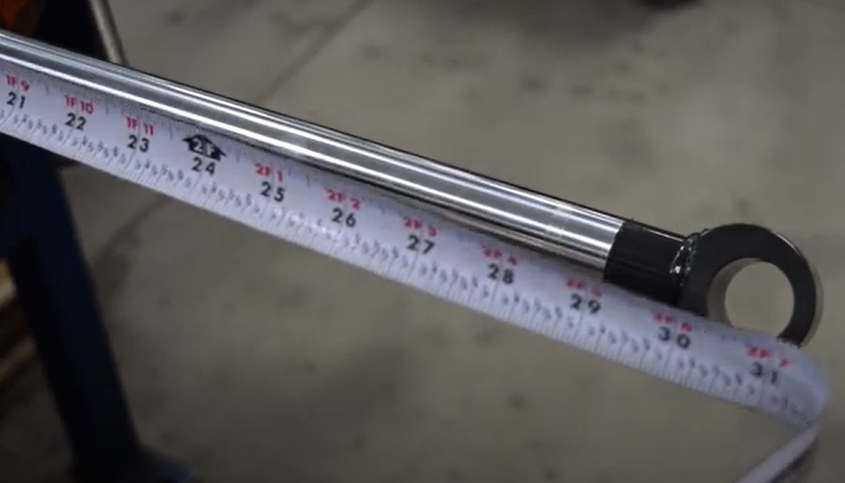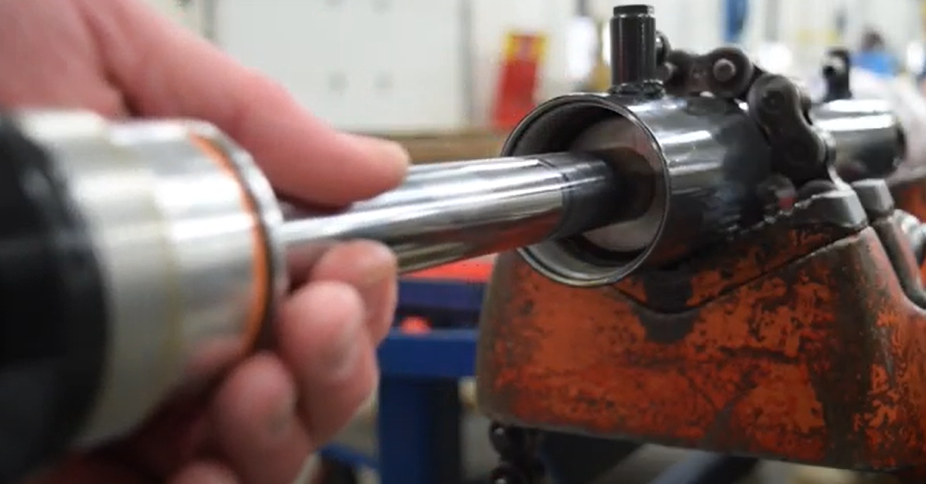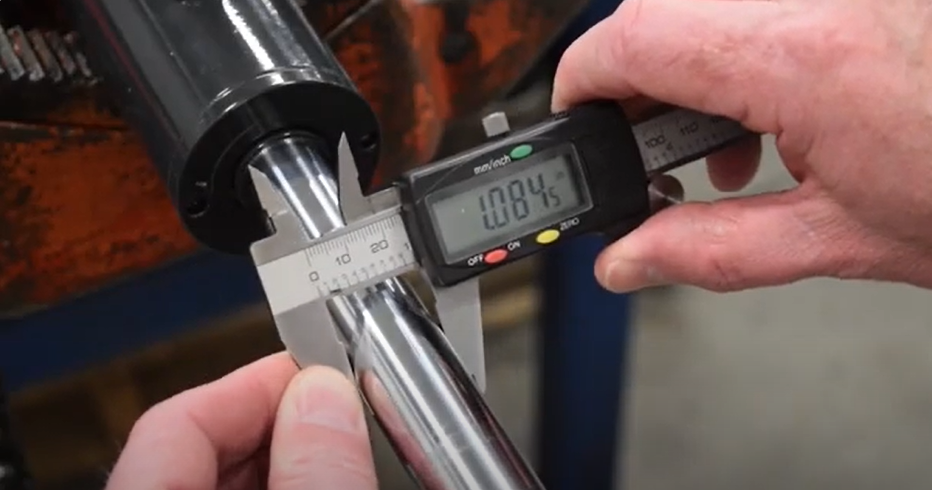Selecting the correct hydraulic cylinder size is a meticulous process that requires careful consideration of several critical factors. This step-by-step guide will walk you through the essentials of sizing hydraulic cylinders to ensure optimal performance and reliability in your application.
Determining the necessary force for your hydraulic cylinder application constitutes a fundamental step towards appropriate cylinder selection. This involves analyzing the application's mechanics and quantifying the force to execute the intended task.
Here's a step-by-step guide on performing this calculation:
1.Define Load Mass: Begin by identifying the load's mass the cylinder must handle. This is pivotal for calculating the required force.
2.Include Additional Forces: Account for supplementary forces like friction, gravitational forces when lifting vertically, and any external influences on the system.
3.Apply Basic Force Formula: Utilize (F=ma) (Force equals mass times acceleration). In most cases, if acceleration is minimal, focus primarily on the load's mass and gravity's effect. Incorporate acceleration into calculations when relevant.
4.Factor in Specifics: Tailor your calculations to the application. Increase force to counter high friction or incorporate external forces, like wind pressure, as needed.
5.Calculate Total Force Demand: Sum up the forces calculated in the previous steps to determine the total required force. This final figure represents the minimum force your hydraulic cylinder must generate to fulfill its role effectively.

Choosing the appropriate stroke length for a hydraulic cylinder is fundamental to its effective functioning within a hydraulic system.
This length signifies the full piston travel distance inside the cylinder, spanning retraction to extension.
1.Accuracy in Motion and Function: Stroke length directly impacts the cylinder's precision in positioning loads. Insufficient length hampers task completion, while excessive length reduces system efficiency through increased fluid demand per cycle, slowing operations and elevating energy use.
2.Installation Safety: Adequate stroke length consideration ensures safe installment and operation, factoring in mounting hardware clearance, machinery structure, and safety buffers against mechanical overloads or collisions.
3.Optimal System Performance: A well-matched stroke length sustains system efficiency, preserving cylinder health, minimizing stress on components, and curtailing wear.

Selecting the proper bore diameter for a hydraulic cylinder is vital to fulfilling the application's force demands, while maintaining safety and efficiency under the system's pressure.
The bore diameter selection for a hydraulic cylinder is pivotal for force generation, relying on the pressure-acting area. Utilize the equation: Area = Force / Pressure Here, Force represents the total calculated requirement from Step 1, modified for specific application needs.
Pressure denotes the hydraulic system's operational pressure.
This computation yields the piston's cross-sectional area within the cylinder, guiding the bore diameter determination. An correct bore size guarantees sufficient force production without surpassing the system's pressure limits.

A well-proportioned rod prevents buckling, upholding the cylinder's longevity.
Post bore determination, the task proceeds to picking an apt rod diameter, crucial for withstanding load stresses—vital in compression scenarios like pushing operations.
Rod selection considerations encompass:
1.Load Conditions: Rod diameter choice hinges on whether the load induces tension or compression. Tension tasks might accommodate slender rods, whereas compression necessitates broader diameters to avert buckling.
2.Buckling Resistance: For compressive loads, employ Euler’s principle or similar engineering methods, factoring rod length, material, and diameter, to assess buckling likelihood.
3.Strength & Durability: Rod material and diameter must ensure resilience under anticipated loads and environmental conditions.
The hydraulic system's operating pressure is pivotal for cylinder selection, demanding compatibility to ensure safe, efficient operation up to the system's peak pressure. This match safeguards against overpressure risks and system harm, while guaranteeing targeted force output and overall performance integrity.
Lastly, assess the cylinder's installation space and preferred mounting method. The mounting style is vital for alignment, load balance, and stability, influencing the selection. Guarantee sufficient room for the cylinder, factoring in its dimensions, mounting fixtures, and operational-clearance needs. Picking a cylinder that fits the allotted space and matches the mounting preference is essential for smooth installation and operation.
By following these steps, you systematically address key aspects of hydraulic cylinder selection, leading to a well-suited component for your application.